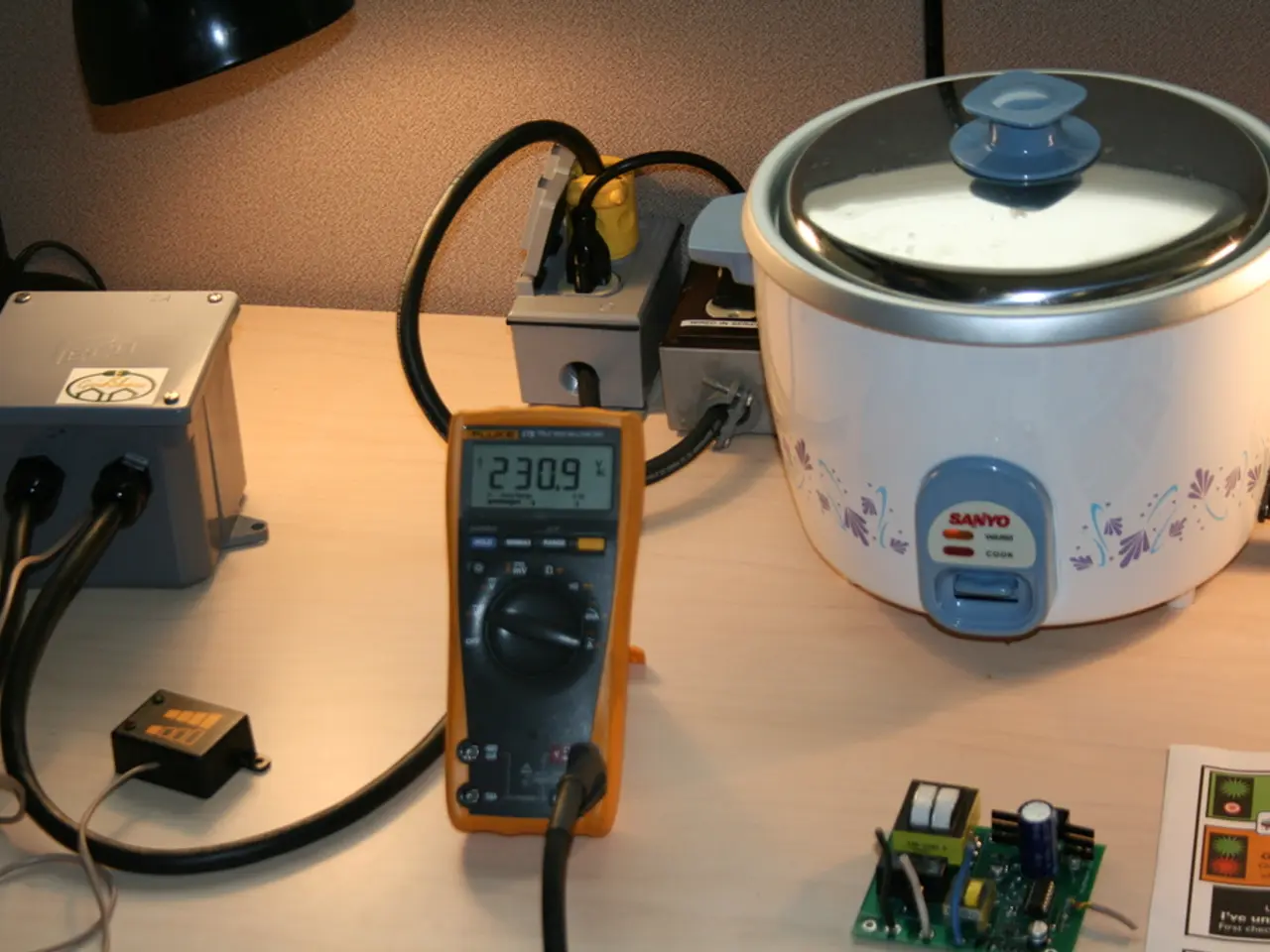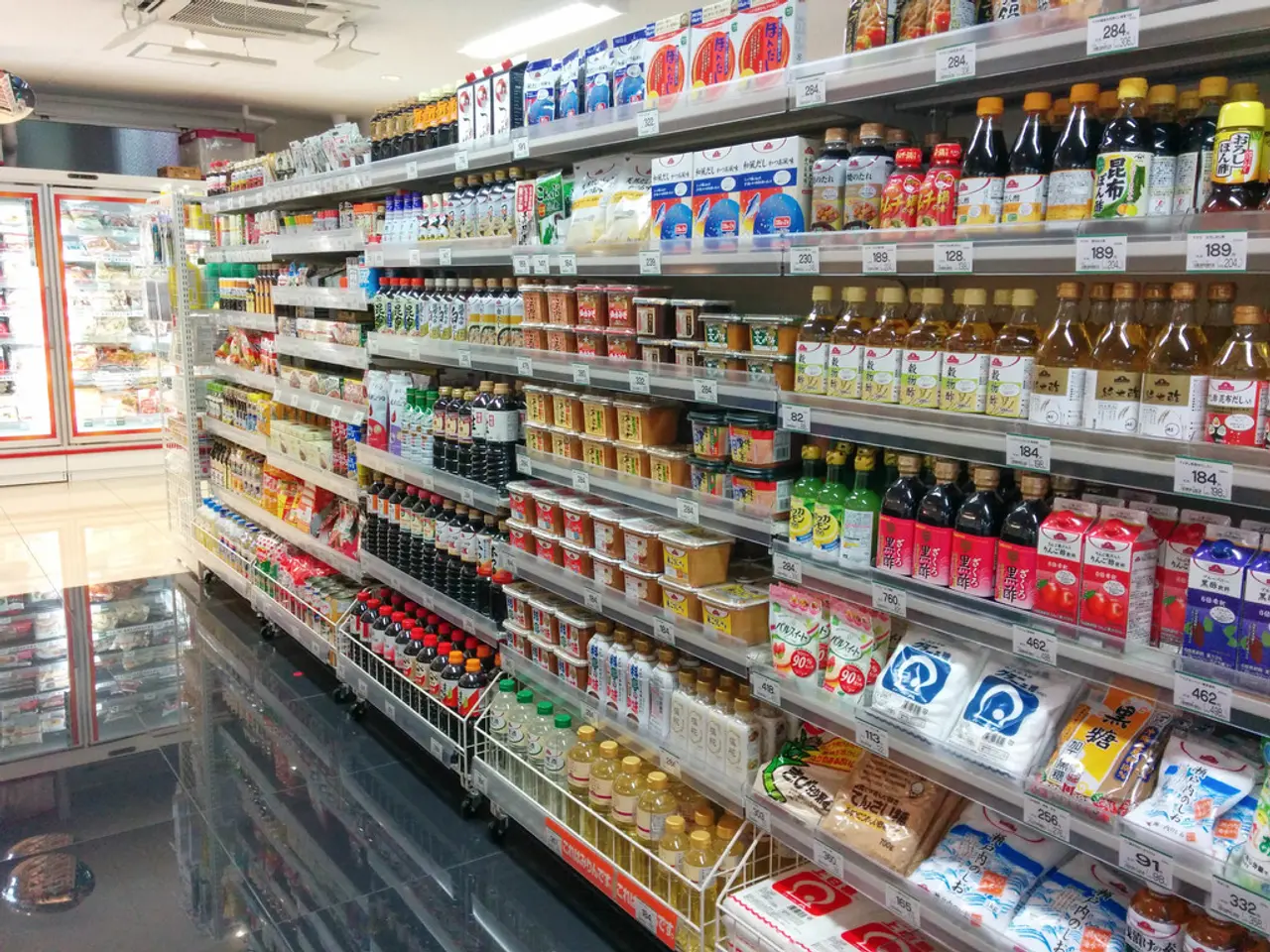A rice cooker's mechanism for determining when to switch off.
In the realm of modern-day kitchen appliances, three devices stand out for their versatility and convenience: coffee makers, rice cookers, and refrigerators. Here's a closer look at how these appliances function, as presented in a series of informative articles.
Firstly, let's delve into the workings of a drip coffee maker. The heart of this machine is an internal heating element that raises the water temperature to approximately 197°-205°F — the optimal range for brewing coffee. This heated water is then either pumped or allowed to drip over the coffee grounds for extraction.
The heating mechanism often involves a reservoir with a heating coil or plate that brings the water close to boiling. Some machines also feature sensors to control the flow rate and maintain the temperature, depending on the water volume, ensuring consistent brewing conditions.
When it comes to turning off, drip coffee makers typically shut off automatically after the brewing cycle completes, or after a set period of keeping the coffee warm on a hotplate. For instance, hotplates gradually taper power and turn off after around 40 to 100 minutes to prevent burnt flavors. Some models come equipped with auto-shutoff features for safety and energy conservation, and programmable models allow you to set a delay or automatic shutoff time.
Rice cookers, on the other hand, operate on a similar principle. These appliances heat rice and water in a sealed container, maintaining a constant temperature. If all the liquid water in a container has evaporated (or in the case of a rice cooker, absorbed by the rice), the temperature inside the container immediately rises. The rice cooker then shuts off automatically to prevent overheating and potential damage.
Refrigerators, meanwhile, work by circulating coolant through a series of coils, which in turn cools the air inside the appliance. This cooled air is then distributed throughout the fridge, maintaining a consistent temperature.
Interestingly, the principle these appliances use is that a heated container with water will maintain a constant temperature when the water is boiling. Two experiments to prove this fact can be found in the article "How Refrigerators Work".
For those seeking more in-depth insights, there are reviews available for rice cookers, and an article titled "What is a Rice Krispy? What is it made out of and how do they make it?" offers fascinating insights into another kitchen staple.
In summary, understanding the inner workings of these essential kitchen appliances can help you make the most of their capabilities, ensuring consistent results and maximising convenience.
Technology plays a significant role in the operation of modern kitchen appliances, allowing for greater precision and efficiency. For example, some drip coffee makers utilize sensors to control the flow rate and maintain the temperature, ensuring consistent brewing conditions.
Delving further into technology, rice cookers also use sensors to detect when all the water has evaporated or absorbed by the rice, automatically shutting off to prevent overheating.




